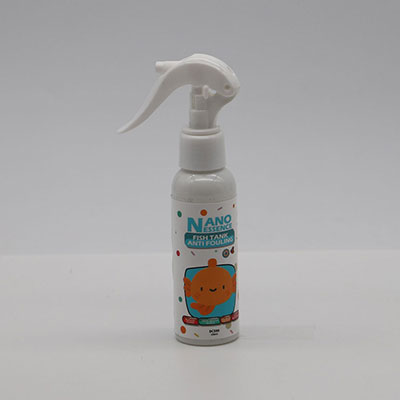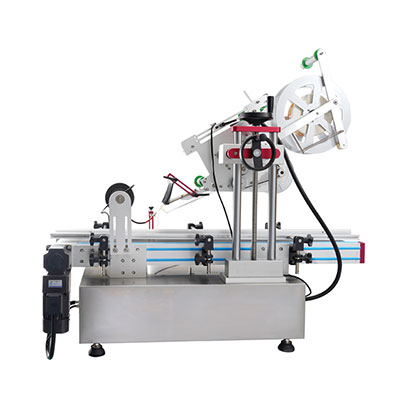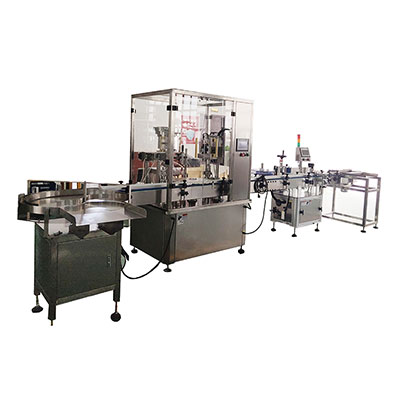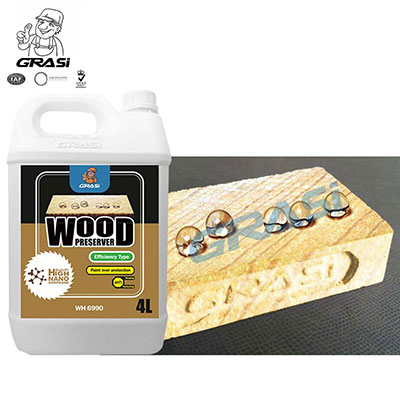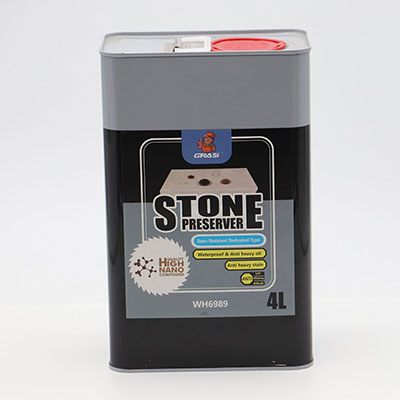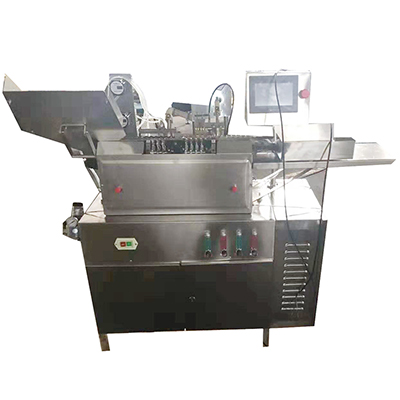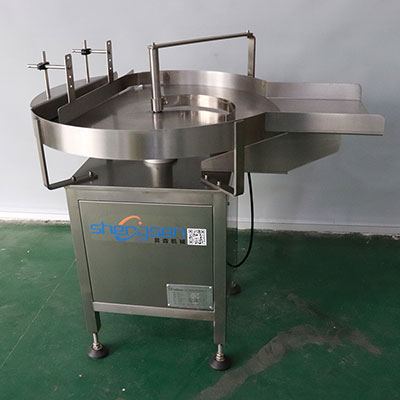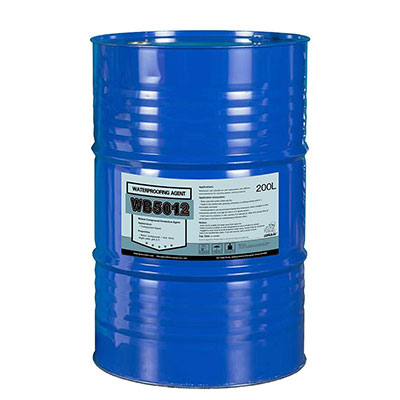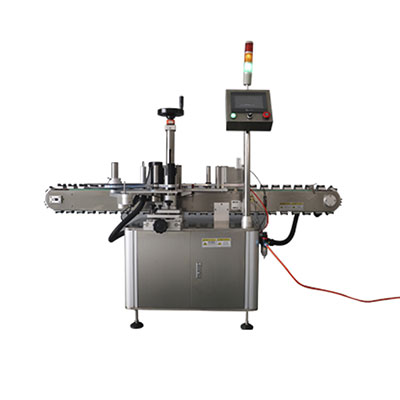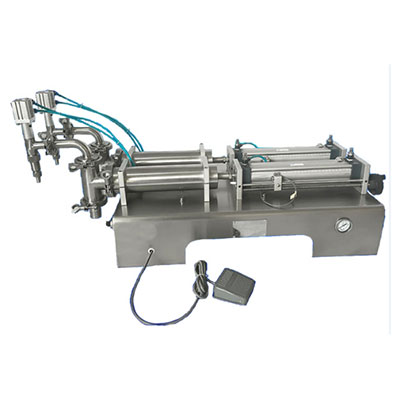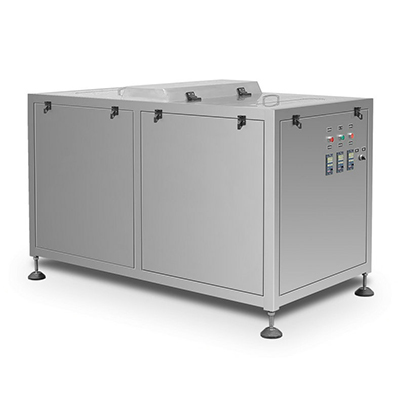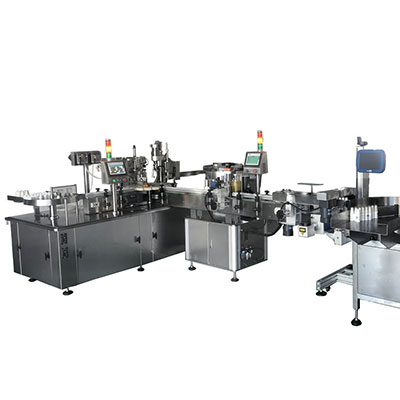Rotogravure Printing Machine
Customization Not only do we offer gravure presses with standard configurations, but we also provided customization services to process materials with special widths and colors. Printing width: 1-4.2m. Print color: 1-12. All electrical configurations can be adjusted according to your requirements.
Details Unwinder
A duplex unwinder is used, with each duple unwinder equipped with an independent motor to allow roll changing to be completed without having to halt equipment, and thus, improving work efficiency.
An optional automatic controller can be used to achieve 0 tension force, ensuring the printing quality.
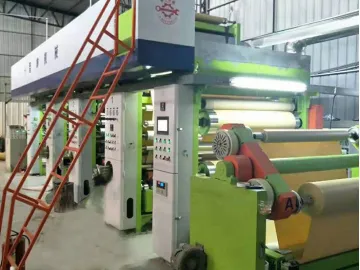
Hot water is used to conduct heat to the ironing cylinder, which flattens raw materials from the unwinder.
A swing rod is used to automatically adjust tension and avoid deformation when flattening.
Cooling
The cooling part is used after the ironing procedure to ensure materials are harder to deform when printing.
Printing Press
The printing component is the most important part in a gravure press. To solve problems related to alignment, impression force, and ink uniformity that impacts printing quality, we offer the following solutions:
The left and right sides of the printing cylinder can be either adjusted independently or synchronously to facilitate alignment work. Impression cylinders have straight guides and independent motors on both sides, making it easy to control the impression force. The doctor blade is specially designed to ensure ink uniformity. The doctor blade is accurately adjusted using a worm gear for the best ink scraping process. Mounted on a movable plate with a width of 250mm and a thickness of 25mm, the doctor blade is stable and makes it easy to change printing cylinders.Drying
The gravure press uses hot air to dry the ink and avoid ink shedding. The hot air heating method can be switched to a thermal oil heating, electric heating, or air compressor heating according to customer needs.
Rewinder A duplex rewinder design is used with each one equipped with an independent motor, allowing consecutive rewinding to be achieved for an improved work efficiency.
A swing arm is used to automatically adjust tension to ensure a smooth and flattened roll.
Links:https://globefindpro.com/products/7135.html
-
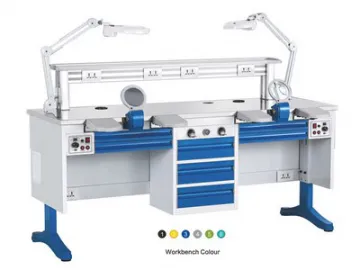 Twin Dental Workstation (1.8m)
Twin Dental Workstation (1.8m)
-
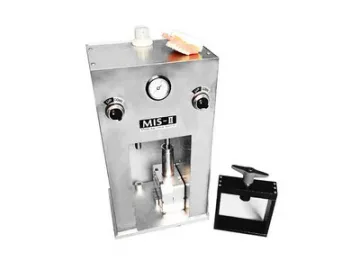 MIC Denture Injection Machine,PG-21
MIC Denture Injection Machine,PG-21
-
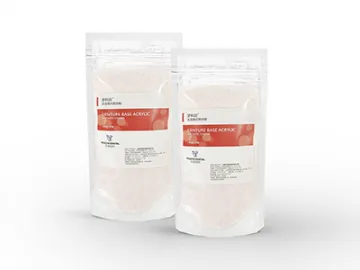 Advanced Denture Base Powder (Heat Cure)
Advanced Denture Base Powder (Heat Cure)
-
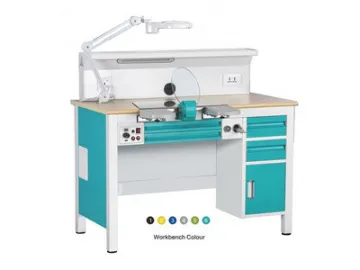 Single Dental Workstation(1.2m), with 3-layer side cabinets
Single Dental Workstation(1.2m), with 3-layer side cabinets
-
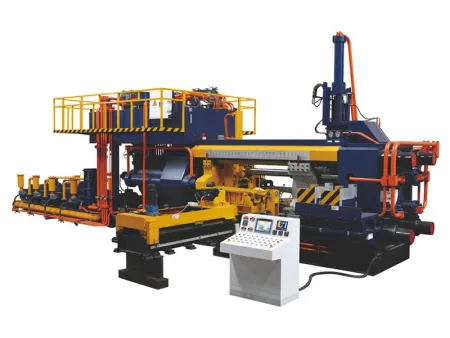 Aluminum Extrusion Press
Aluminum Extrusion Press
-
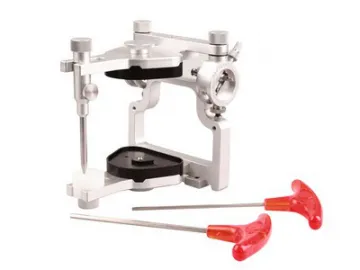 Denture Articulators,PG-20
Denture Articulators,PG-20
-
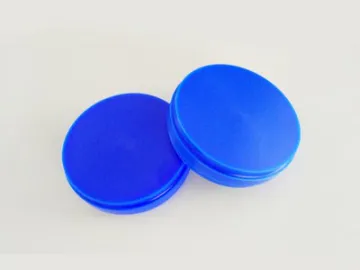 CAD/CAM Milling Wax Discs,PG-36
CAD/CAM Milling Wax Discs,PG-36
-
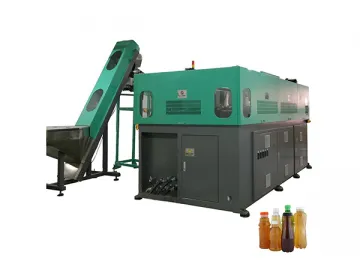 High Speed Stretch Blow Molding Machine
High Speed Stretch Blow Molding Machine
-
 JK-3C1500 Gravure Printing Press for Printed Floor Paper, PE Film Printing
JK-3C1500 Gravure Printing Press for Printed Floor Paper, PE Film Printing
-
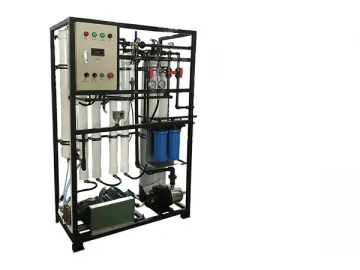 Seawater Desalination System
Seawater Desalination System
-
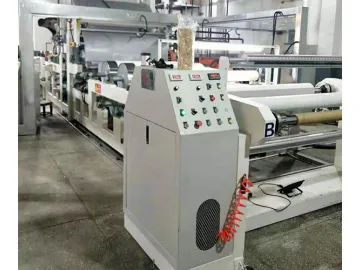 JK-L1450-Laminating Machine, laminator
JK-L1450-Laminating Machine, laminator
-
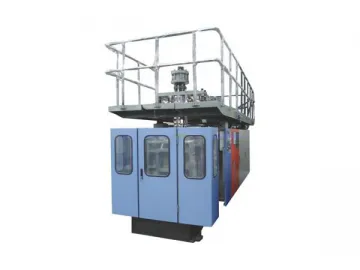 Extrusion Blow Molding Machine (For PC Bottle Making)
Extrusion Blow Molding Machine (For PC Bottle Making)
